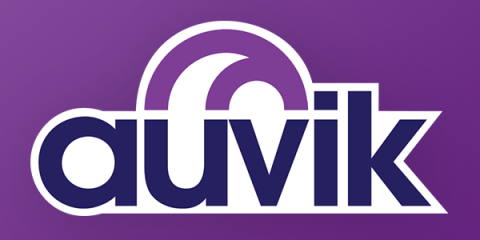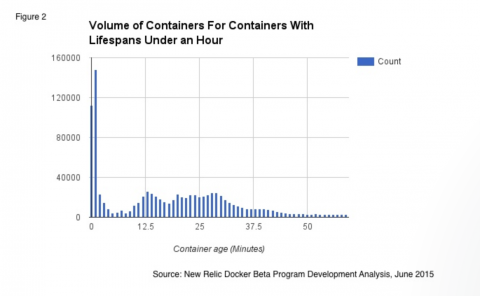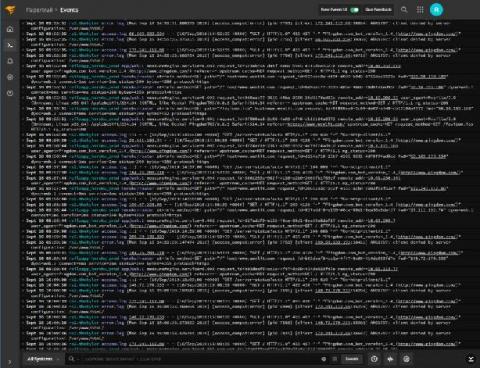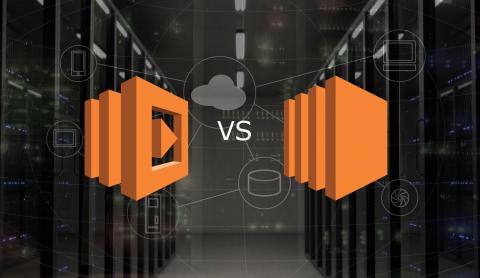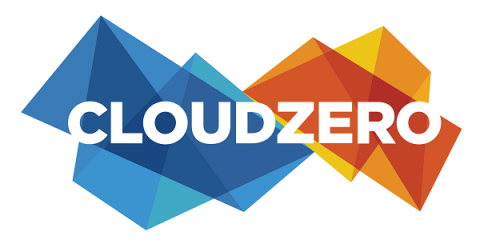What Enterprise IT Teams Can Learn from Google Cloud's June Outage: A Guide
The following first appeared in Cloud Tech News. In early June 2019, Google Cloud suffered a cascading set of faults that rendered multiple service regions unavailable for a number of hours. This by itself isn’t totally unprecedented; what made it significant was the way it propagated through the very software that was designed to contain it. Moreover, engineers’ initial attempts to correct the issue were thwarted by the failure of that same software architecture.



